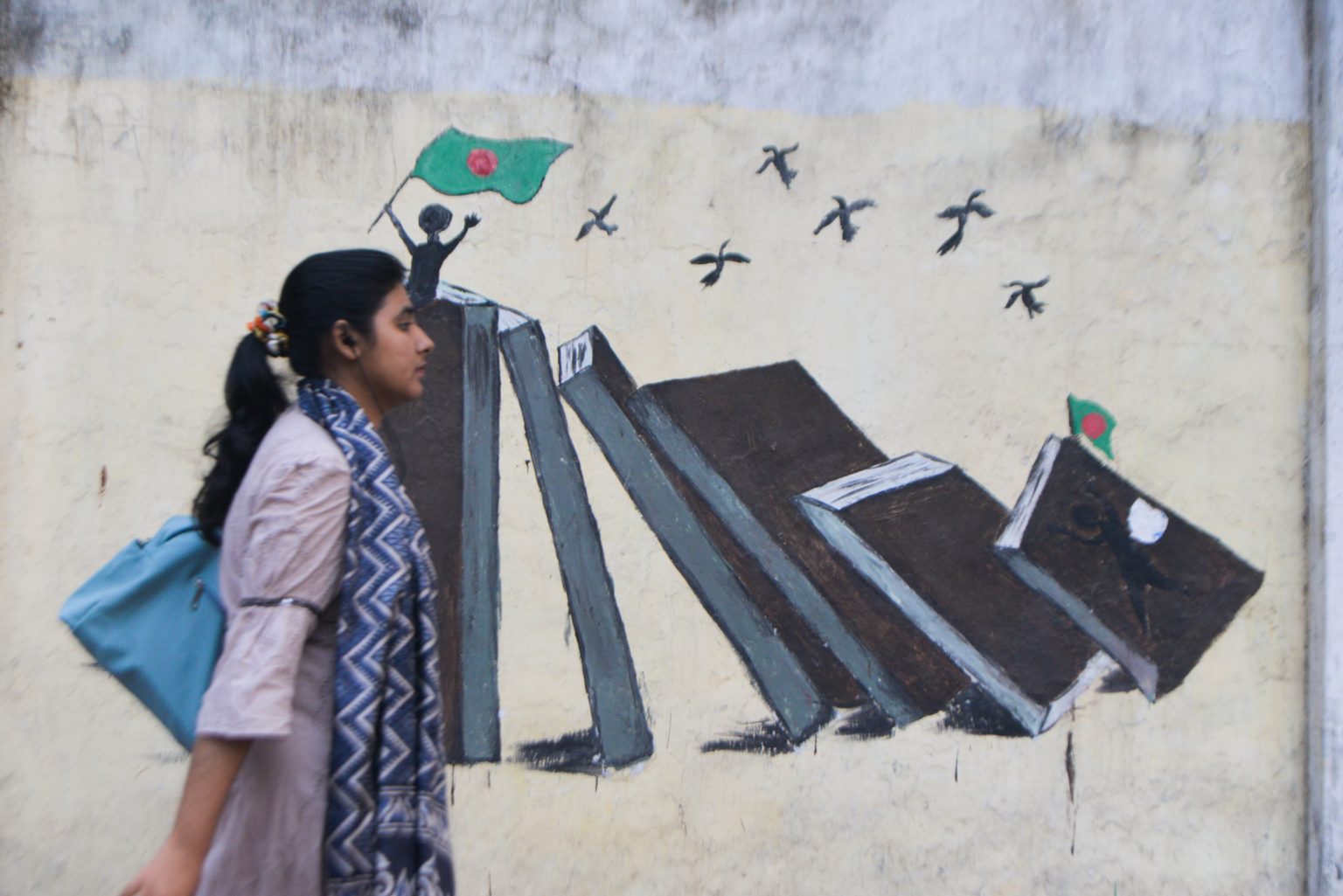By Adiba Hayat Rishova
At a time when global central banks are exploring the promise of digital currencies, modernising financial frameworks, and ensuring economic resilience, the Bangladesh Bank has chosen a different hill to die on: the hemlines and dupattas of its female employees.
The recent imposition of a dress code directive — one that thinly veils patriarchal undertones in bureaucratic garb — has stirred widespread criticism, and rightly so.
The directive is a lame attempt to outline the expectations for ‘modest attire’, which, in the cultural and institutional subtext of Bangladesh, almost always translates into gendered policing — aimed squarely at women, through the prism of the relentless male gaze, that subsequently drives into territories of male discomfort at the expense of female appearance.
Let’s be clear about one thing: this is not about professionalism. No one is arguing for casual chaos in government offices. But the choice of dress code, and the need to codify it now, raises the question: Who is this really for? And why now — when the country is going through a tragedy that cannot be buried under the facades of national security anymore?
A gaze, not a guideline
When a directive focuses more on women’s clothing than on professional conduct, it reveals whose gaze it’s actually serving. These are not neutral policies; they are products of a deeply internalised male gaze that equates decorum with conformity, modesty with morality, and visibility with impropriety.
This is not only sexist, but staggeringly tone-deaf in the current economic climate. Inflation is soaring. Unemployment among youth is at alarming levels. The Bangladeshi Taka is volatile, and crypto-based financial systems — which many countries are actively experimenting with — remain unregulated, unstudied, and unexplored by our central bank.
Instead of innovating, modernising, or even stabilising the economy, Bangladesh Bank is spending bureaucratic capital on kameez sleeve lengths and widths, and whether the thin veil of the ‘protection’ of a dupatta is wrapped around a woman’s chest, or the lack thereof. Is this really the crisis at hand?
The fallacy of control
This directive is not happening in a vacuum. It’s part of a broader wave of institutional discomfort with the growing presence, confidence, and modernity of a new generation of employees, especially women — who refuse to shrink themselves to fit outdated templates of professionalism and modesty.
These young professionals are smart, ambitious, and increasingly global in their outlook. They are questioning authority, pushing for inclusive policy, and demanding workplaces where competence, not conformity, is the metric of value.
So when the central bank attempts to control what they wear, it’s not just a sartorial imposition — it’s a challenge to their autonomy. But here’s the rub: this generation will not be controlled — as we have witnessed last year when Gen-Z overthrew a fascist regime of 15 long years. What’s the weight of a dress code directive in front of that?
Priorities, misplaced
The most alarming aspect of this directive is not even its sexism. It is the distraction it presents. Bangladesh Bank — a financial institution tasked with safeguarding monetary policy, regulating banks, and envisioning the country’s economic future — has no business playing fashion police.
When was the last time the central bank issued a roadmap on blockchain integration? Where is the conversation on regulating cryptocurrency, or addressing the rise of digital finance? What about green financing, financial literacy, or inclusive banking?
Each day an institution that presents itself as the spine of the country’s economic systems obsesses over dress codes is a day it fails to lead the country into the future.
Dress codes don’t build economies
If Bangladesh Bank thinks rigid clothing policies will build discipline or instil respect, it has grossly misunderstood the spirit of modern work culture. Respect is earned by leadership, not legislated through hemlines. Integrity is nurtured by ethics, not enforced by dupattas.
This directive is a glaring example of institutional laziness. It is far easier to control what women wear than to reform a broken system or envision a bold economic future.
While the controversial dress code directive has been withdrawn, it raises a critical question: Will the individuals responsible for approving it be held accountable by the central bank?
Let this be a reminder. No country has ever dressed its way to development. It has only thought, innovated, and acted its way there.
And Bangladesh Bank? It has a lot of thinking, and unthinking, to do.


